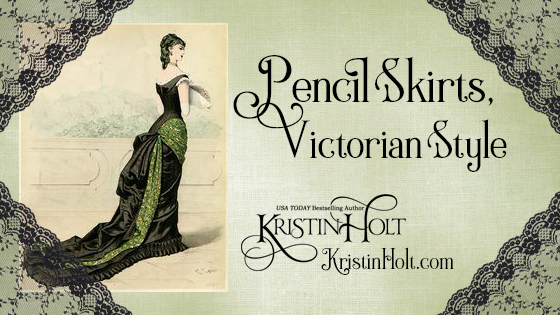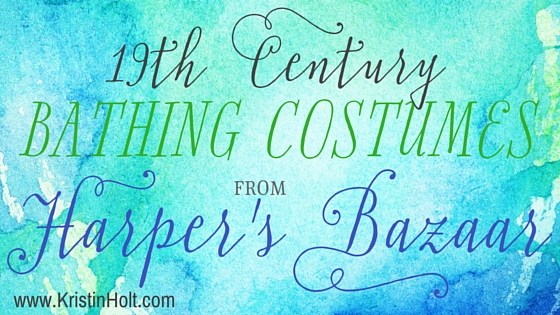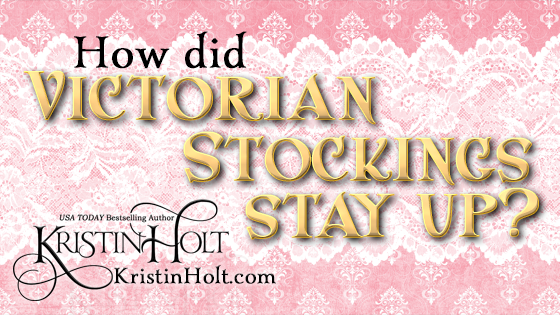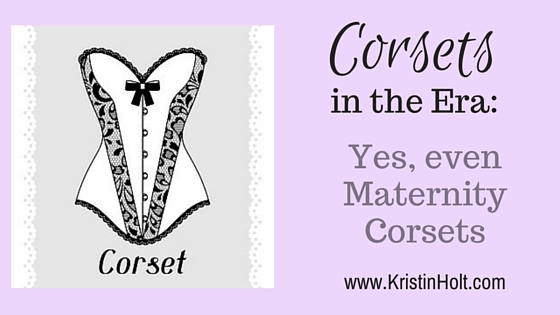
by Kristin Holt | Mar 2, 2017 | Articles
In the 19th century American West, Gingham was more than checked fabric made of cotton–it was also striped. Any woven cotton cloth made of pre-dyed alternating threads (plaid, striped, or checked) was called gingham. Why would pioneers (or frontiersman, or Old West women) select gingham? What made this fabric practical? Why would we name an anthology with Gingham in the title?

by Kristin Holt | Aug 14, 2016 | Articles
OBSERVATIONS: WIDTH OF A WOMAN’S SKIRT
The humor in a newspaper columnist’s observations taught me plenty about a man’s attitude regarding the width of women’s skirts, comparing the tight fit of the day’s fashions to the wrapping of a mummy or a soaked bathing suit clinging to the unfortunate woman’s form. He infers that the pursuit of fashion is so all-important that the wearers sacrifice comfort, modesty, safety, decency, the capacity to go anywhere by both carriage or the power of one’s own two feet. The Victorian humor in this brief piece published in 1875 is evident!

by Kristin Holt | Aug 11, 2016 | Articles
Harper’s Bazar (also spelled ‘Bazaar’, later on) is a Ladies Magazine founded in the Victorian Era. This article highlights bathing costumes (swimming suits) featured in Harper’s Bazar from the 1870s through early 1890s.

by Kristin Holt | Jun 2, 2016 | Articles
Victorian Americans wore ingenious devices beneath their clothing to hold their stockings (hose) up. Because garters / hose supporters aren’t as romantic and enticing as corsets or even Union Suits, I’ve yet to see a fictional piece of the era that so much as mentions them. This article contains images of items offered for sale in the 1895 and 1897 editions of the Sears Roebuck & Co. and Montgomery Ward & Co. Catalogs, as well as price comparisons from then to now. Such contraptions were worn by men, women, children, and even babies. Who knew?

by Kristin Holt | May 12, 2015 | Articles
Corsets are synonymous with the Victorian Era and well-dressed ladies. Corsets were worn by women… and men, adolescent girls, and even children. Maternity corsets existed as did nursing corsets. Unbelievable!













